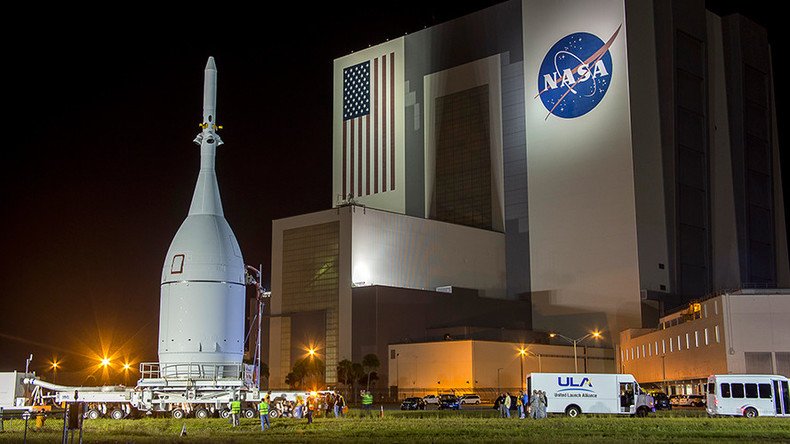Congressional spending bill boosts NASA budget beyond White House request

NASA fans have long begrudged Congress for insufficiently funding space exploration, but there was only astonished excitement for lawmakers Wednesday, who proposed budget increases surpassing President Barack Obama’s request by nearly a billion dollars.
With $19.3 billion included for NASA in the omnibus spending bill, the civilian space program is on the verge of a relaunch. The Obama administration had asked for $18.5 billion. Last year, NASA received $18.4 billion.
A number of programs and missions will now be able to get back on track with the additional funding. NASA’s Commercial Crew Program (CCP) had planned to launch this year, but budgetary issues led to postponement. CCP attracts private companies to build spaceships and conduct their manned operations to and from the International Space Station. The new budget covers a 2017 launch for CCP with $1.24 billion, and it marks the first time Congress has ever met White House funding goals on the program.
Should this #omnibus pass, NASA's Planetary Science program would see its best budget in 10 years. #FundPlanetarypic.twitter.com/KgUuD4LUnE
— Casey Dreier (@CaseyDreier) December 16, 2015While the canceled Space Shuttle program will not be making a comeback, NASA astronauts no longer will have to “hitch rides” on Russian Soyuz rockets as they have since 2011, at a cost of about $80 million per seat. The space agency, not expecting a budget increase, has already purchased six Soyuz seats reserved for 2018, but reports attached to the spending bill allow for that money to be shifted to the CCP once SpaceX and Boeing projects are mission ready.
In August, NASA Administrator Charles Bolden wrote an open-letter titled ‘Congress, Don't Make Us Hitch Rides With Russia. Love, NASA,’ saying in part, "It’s as if we keep ordering expensive takeout because we haven’t yet set up our own kitchen – only, in this case, the takeout meals are costing us hundreds of millions of dollars."
@SenBillNelson 's floor statement on NASA's funding in omnibus bill. https://t.co/43soEjPzM2
— Marcia Smith (@SpcPlcyOnline) December 16, 2015A manned mission to Mars is back on the table, too, with the Space Launch System (SLS) getting $300 million more in funding than in 2015, bringing its total allotment to $2 billion, or $644 million more than Obama had hoped. The legislation mentions an “advanced upper stage” to be built using $85 million, likely a reference to the Exploration Upper Stage. That would be the improved SLS rocket part designed to detach and ignite its own engine to carry astronauts or cargo further into orbit.
Riding atop the SLS would be the Orion vehicle, which carries four astronauts. NASA would be given $1.27 billion to manage the Orion spacecraft, an increase of $70 million from 2015 and $174 million more than the White House requested. The first test flight is expected before April 2023.
#NASA starts looking for astronauts to ‘blaze trail’ to Mars https://t.co/bEr8KtwSPGpic.twitter.com/LfFmYoy9df
— RT America (@RT_America) December 15, 2015Jupiter’s sixth-closest moon, Europa, may also be visited, thanks to congressional funding calling specifically for a lander, rather than a simple fly-by or orbiter. With oceans twice the size of the Pacific, Europa is the prime target in the Solar System for finding alien life. Congress set the year 2022 as the deadline for this mission.
The House of Representatives is anticipated to vote on the omnibus spending bill this Friday, December 18.












